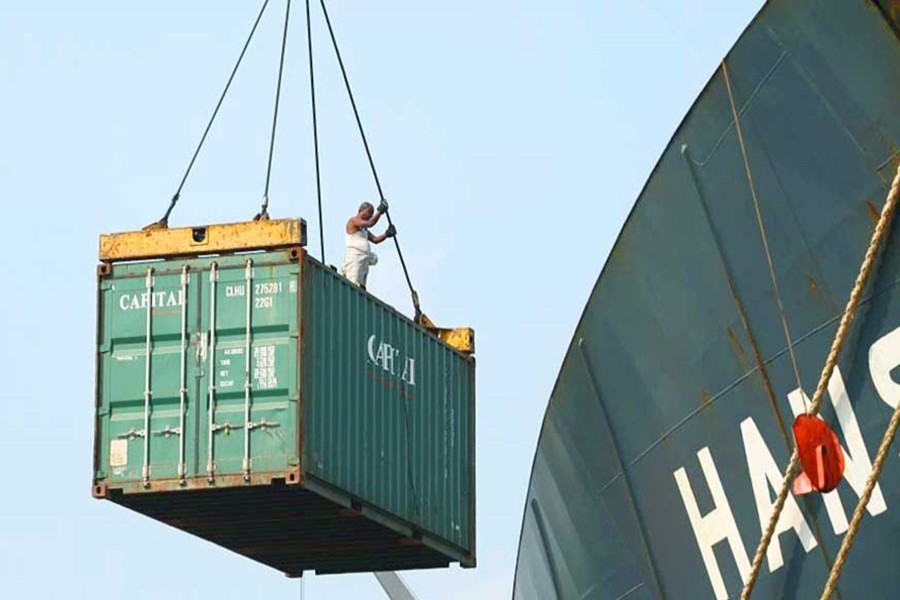Covid-19 and Russia’s invasion of Ukraine have affected container shipping, but have made it more difficult to determine growth dynamics, according to Clarksons’ latest weekly report.
Particularly, as mature economies regress, growth is focused on Asia and emerging markets.
Container trade grew by around 4% year-on-year in the second half of 2020, powered by pandemic-induced bottlenecks and e-commerce sales.
However, with the onset of the Ukraine conflict and the knock-on effects on the world economy, inflation and a “cost of living” crisis for consumers in many regions, container trade went quickly into reverse, with volumes in TEU down 4% in 2022.
Clarksons analyst Trevor Crowe said, “In 2023, consumers are still under pressure, retailers have been faced with excess inventories and clear vulnerabilities in the world economy remain.”
In H1 2023, volumes were down by 5% year-on-year, and by June, container trade had been down for 19 out of the previous 21 months.
Although some swings suggested improvement in Q3 2023, Crowe said that the limited growth across this period resulted from diverging trends in international trade.
Crowe noted, “Mainlane East-West trade volumes, largely driven by “western” economies, are expected to be 1.6 million TEU lower in 2023 than in 2019; though the eastbound Transpacific has gained 2.3 million TEU, only 100,000 TEU has been added to the westbound Asia-Europe trade, whilst Transatlantic, and backhaul volumes from North America and Europe to Asia, have shrunk. Volume growth has been focussed on trade involving developing economies.”
In contrast, 2.5 million TEUs will have been added in intra-Asian volumes, 2.4 million TEUs on trades from Asia to Middle East/Indian Subcontinent/South America and Africa, 1.3 million TEUs in exports from the Indian Subcontinent and 500,000 TEUs from Africa to the northern hemisphere. Crowe explained, “So, after big swings in container volumes, it can be hard to identify longer-term trends. Comparison to ‘pre-Covid’ reveals limited underlying growth in total, with expansion focussed on trades involving Asia and other developing economies. Geopolitical/economic trends (‘re-shoring’, ‘friendshoring’, regionalisation, supply chain de-risking) will impact trade going forward, but container market players will still be hoping for firmer and broader expansion.








